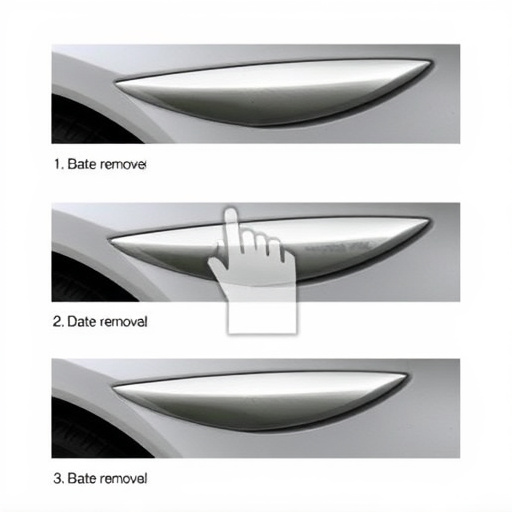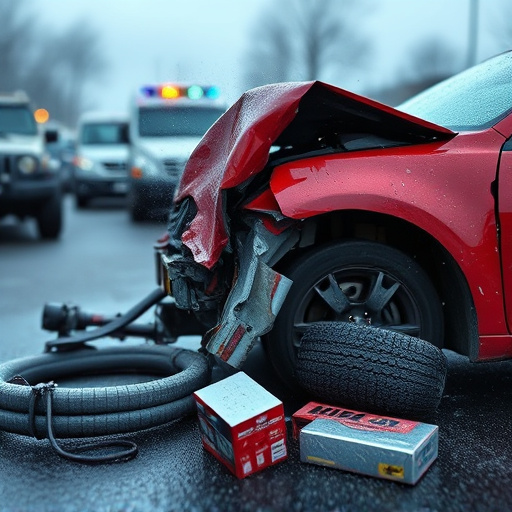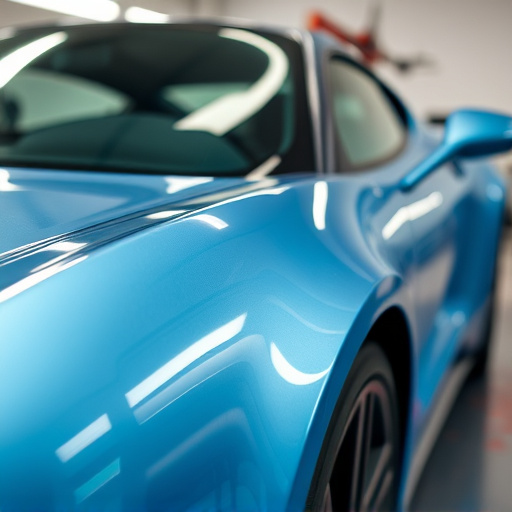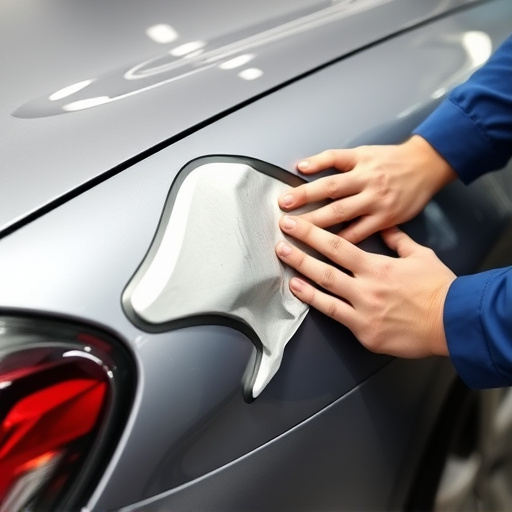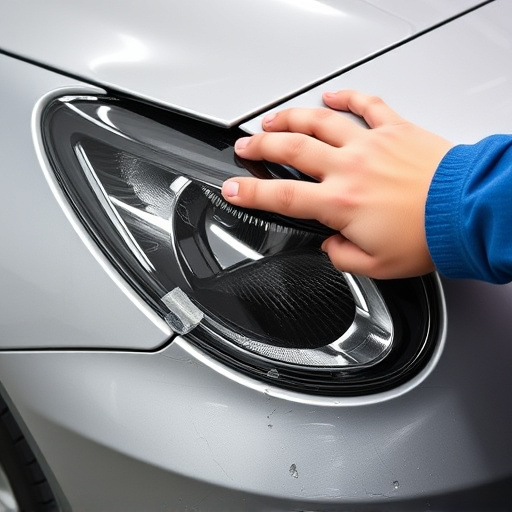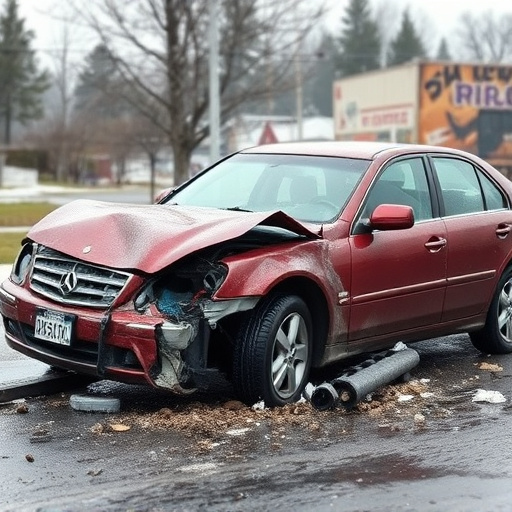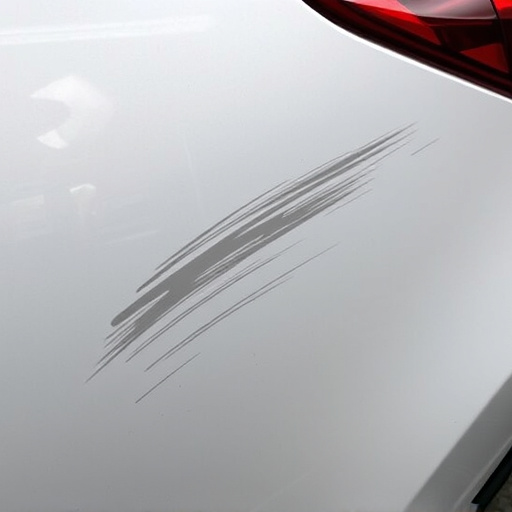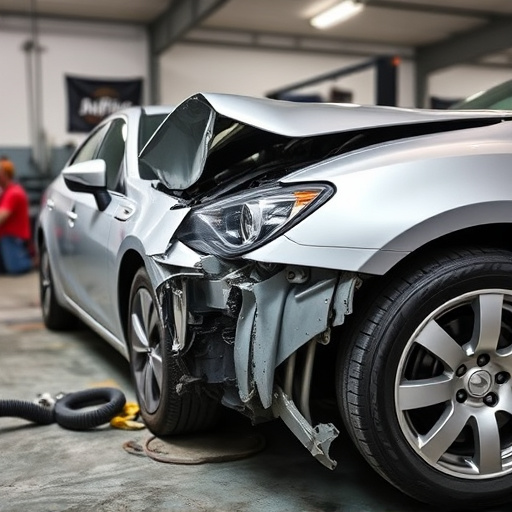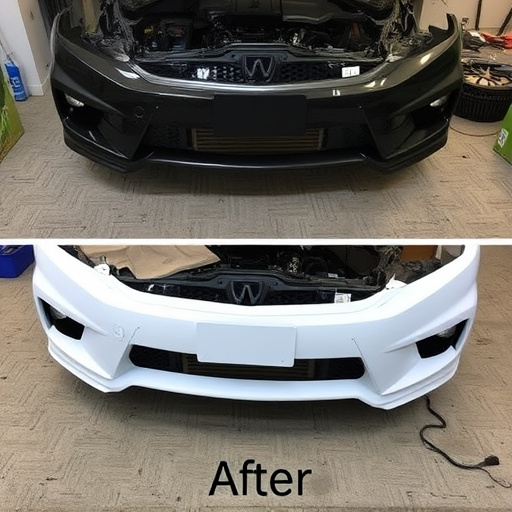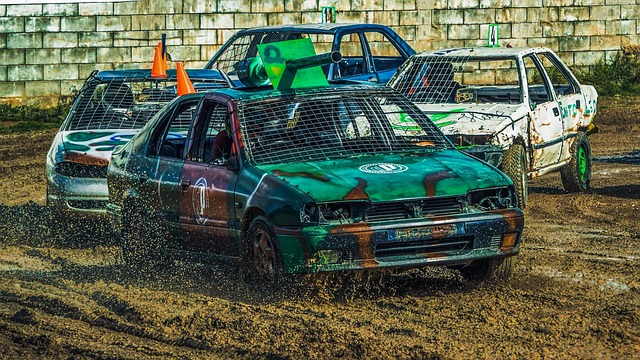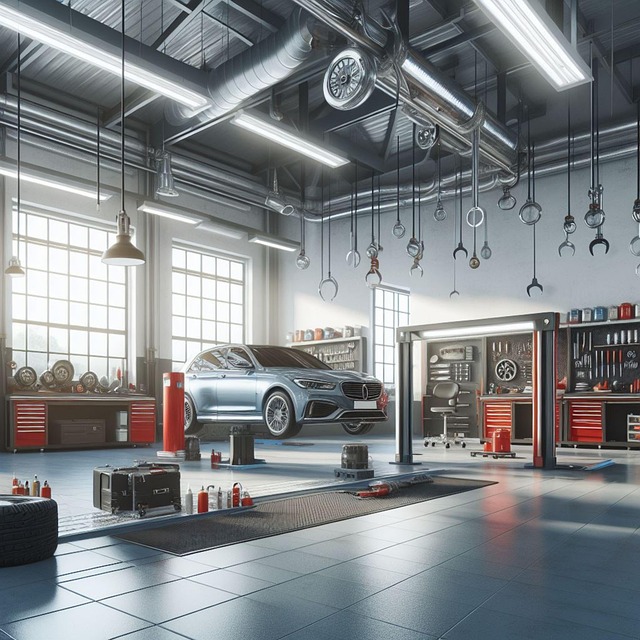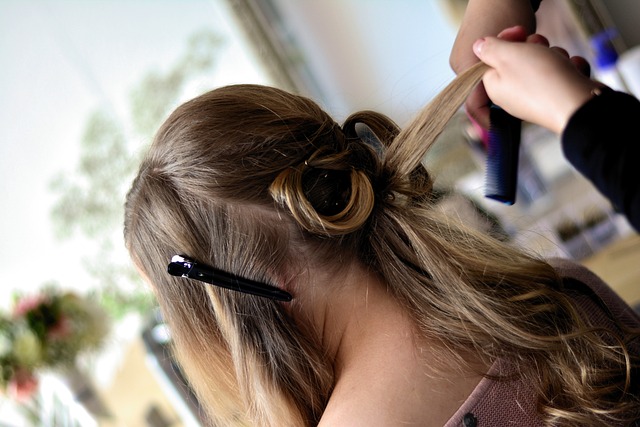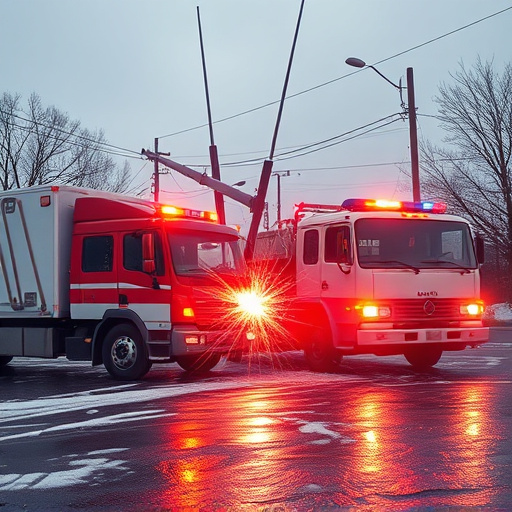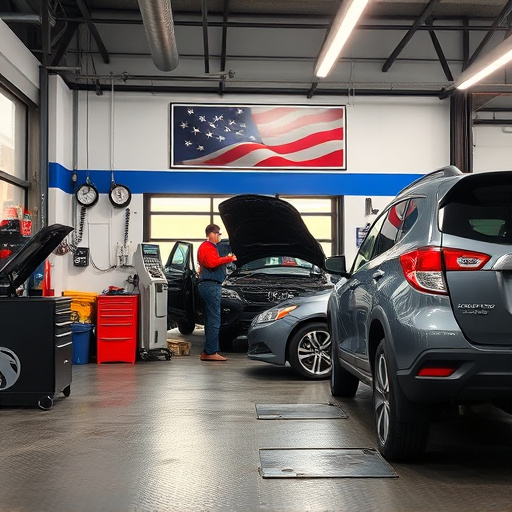Inadequate surface preparation, incorrect paint/primer selection, and insufficient dry time are common auto paint repair mistakes leading to poor results. Surface prep involves sanding, degreasing, and priming to ensure optimal adhesion. Choosing matching vehicle specifications for paint and primer is crucial. Following manufacturer guidelines for cure times enhances durability and quality.
In the realm of auto paint repair, achieving flawless results can be elusive. This article delves into the top causes behind subpar outcomes, shedding light on critical factors often overlooked. From inadequate surface preparation—skipping essential steps for optimal adhesion—to selecting the wrong paints and primers that don’t match vehicle specifications, these mistakes can lead to long-term issues. Additionally, insufficient dry time during curing phases can compromise the integrity of repairs. Understanding and addressing these causes is key to ensuring top-quality auto paint repair.
- Inadequate Surface Preparation: Skipping Steps for Optimal Results
- Improper Choice of Paint and Primers: Matching Vehicle Specifications
- Insufficient Dry Time: Understanding Critical Curing Phases
Inadequate Surface Preparation: Skipping Steps for Optimal Results
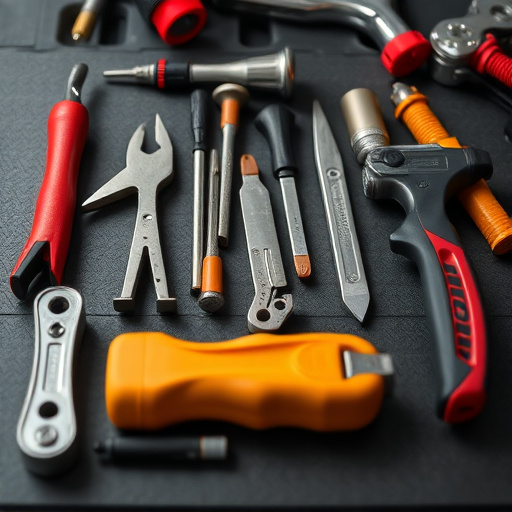
Inadequate surface preparation is a common mistake that can significantly impact the outcome of auto paint repair. Before applying any new paint, it’s crucial to thoroughly clean and prepare the damaged area. Skipping this critical step ensures that old paint, rust, grease, or debris remain on the surface, leading to an uneven finish. This initial layer acts as a barrier between the fresh coat of paint and the underlying metal, affecting adhesion and durability. A proper preparation process involves sanding, degreasing, and priming, ensuring the new paint adheres optimally for long-lasting results in auto paint repair.
For instance, consider a bumper repair scenario where surface preparation is often overlooked. If not cleaned correctly, the existing damage or previous repairs on a bumper can result in poor paint coverage and premature fading. Similarly, in Mercedes Benz collision repair, where precision and quality are paramount, skipping essential prep work can lead to visible imperfections post-painting. Regular auto maintenance includes surface preparation as a foundational step to prevent future issues and ensure the best possible outcomes during any repair process.
Improper Choice of Paint and Primers: Matching Vehicle Specifications
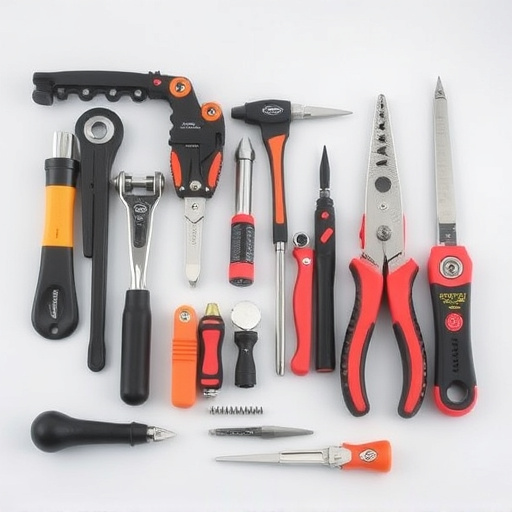
One of the primary reasons for poor results in auto paint repair is the improper choice of paint and primers. It’s crucial to match vehicle specifications accurately, as using the wrong paint or primer can lead to suboptimal results. The right paint must be compatible with the car’s original finish, ensuring it adheres properly and lasts. Using a different type or brand of paint could result in color mismatches, poor bonding, and eventual peeling or chipping.
When conducting auto paint repair, whether for minor scratch repair or more extensive auto body services, selecting the appropriate paint and primer is as vital as the actual repair process. An automotive body shop should have a thorough understanding of vehicle specifications and the capabilities of various products to ensure the best outcome for customers.
Insufficient Dry Time: Understanding Critical Curing Phases
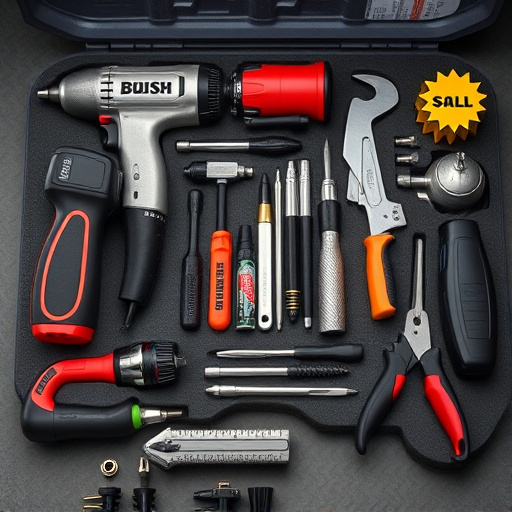
One of the primary reasons for subpar results in auto paint repair is insufficient dry time. The painting process involves several critical curing phases that are essential for achieving a durable, high-quality finish. After application, the paint needs adequate time to cure and harden. This crucial phase allows the chemical bonds within the paint to fully form, ensuring long-lasting adhesion and resistance to chipping, peeling, or fading.
When the dry time is rushed or inadequate, it can lead to various issues. The paint may not achieve its optimal hardness, making it more susceptible to damage during subsequent handling or environmental exposure. Insufficient curing also results in poor color accuracy and gloss retention. Vehicle body shops should prioritize allowing enough time for each coat to cure properly, following the manufacturer’s guidelines, to ensure top-notch auto paint repair that stands the test of time and looks as good as new.
Poor results in auto paint repair often stem from overlooked or improper preparation, inappropriate product choices, and insufficient dry time. By carefully adhering to best practices for surface preparation, selecting the right paints and primers, and allowing adequate curing periods, professionals can significantly enhance the quality and longevity of their work, ensuring customer satisfaction with top-notch auto paint repairs.
